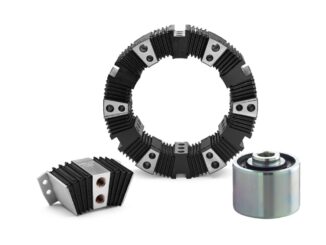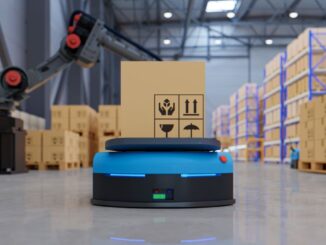
© epSos.de (Flickr) Trash Recycling with Disposal Containers
© epSos.de (Flickr)
As the earth becomes more populated and in waste subsequently increases, recycling is becoming more important across the globe. Each person is individually responsible for contributing to a cleaner environment be it by switching from plastic to reusable bags at the grocery store or driving a hybrid car with a high gas mileage.
Recycling is becoming a significant part of our society and daily life. Recycling is the 3rd “R” in the saying, “Reduce, reuse and recycle.”
The concept of curbside recycling can be found in every community. Most notably, residents of New York City are forced to recycle when throwing away household trash.
The city actually inspects the trash and if recyclable material is found, the resident obtains a hefty fine. Since curbside recycling serves half of the United States, steps like this are necessary to enforce. The most common curbside recycling materials are The Big Five: aluminium, glass, paper, plastic and steel.
There are three ways in which curbside recycling exists: dual-stream recycling, single-stream recycling and pay-as-you-throw. Dual-stream recycling is the most commonly used method, in which containers go in one bin, and paper goes in another then the two bins are brought to the curb. Another growing but controversial method is single-stream recycling in which materials are thrown into a wheeled, lidded cart, but are not separated. This is beneficial to those that pick up the materials as it involves less trucks and manpower. However, many question whether the mixed materials become contaminated. Finally, in the pay-as-you-throw (PAYT) method, residents are charged per garbage bag while recycling remains free. This allows for a decrease in waste, an increase in recycling (since it’s free and forces residents to watch what they throw away) and a control of waste costs as residents can control how much they spend on disposal.




